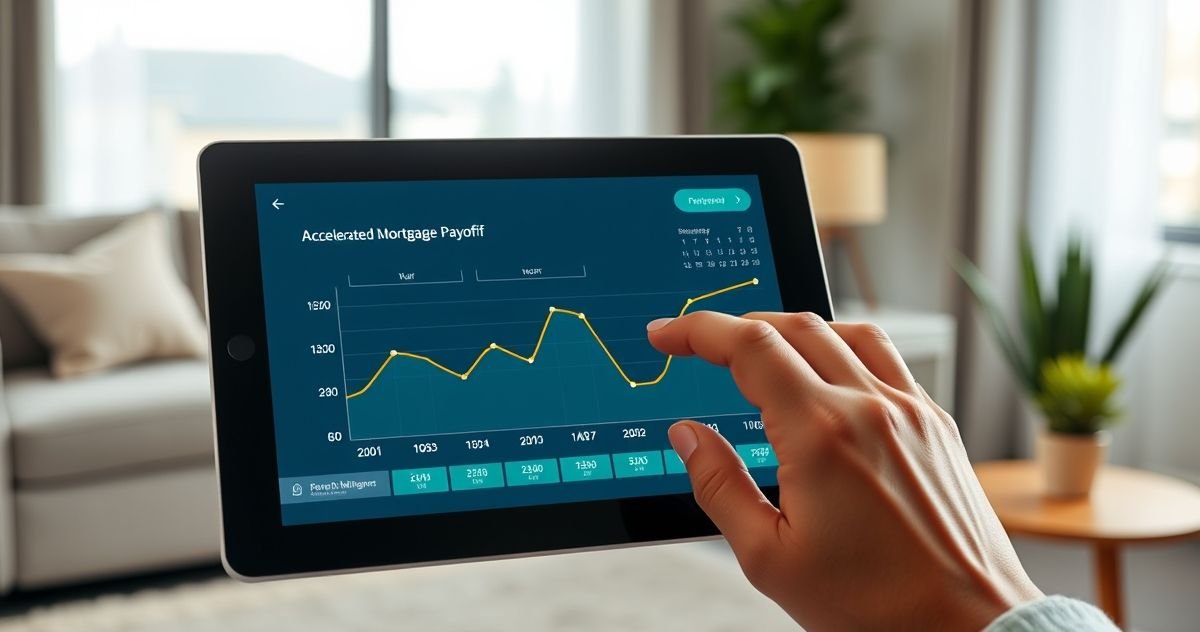A bi-weekly mortgage plan is a strategic payment method designed to help homeowners pay off their mortgage earlier and save on interest costs over the life of the loan. Instead of the traditional 12 monthly payments, under this plan you make payments every two weeks, each equal to half of your usual monthly mortgage payment.
Because there are 52 weeks in a year, this schedule leads to 26 half-payments annually — effectively 13 full monthly payments instead of 12. That extra full payment is applied directly to your loan principal, reducing the balance faster and resulting in less interest accrued over time.
For example, with a $350,000 30-year fixed mortgage at a 6.5% interest rate, your standard monthly payment (principal and interest) is approximately $2,212. Making bi-weekly payments of $1,106 would allow you to pay off your loan nearly five years earlier and save roughly $93,000 in interest.
Many lenders now offer bi-weekly payment plans, but you can also set this up yourself without third-party services that may charge fees, which reduce overall savings. When making extra payments, always instruct your lender to apply the additional funds directly to the principal to ensure the maximum benefit.
To implement the plan on your own, simply divide your monthly payment by 12 and add that amount to your regular monthly payment, or make one extra full payment annually when convenient, such as from a tax refund.
A bi-weekly mortgage plan is most effective for borrowers with stable incomes who can comfortably handle the accelerated payment schedule. It does not negatively impact credit scores; in fact, paying down the principal faster can improve your credit profile in the long term.
For more on mortgage payment options and managing your loan payoff effectively, see our articles on Repayment Schedule Options, Loan Amortization, and Prepayment Advantage.
References:
- Consumer Financial Protection Bureau: Should I make biweekly mortgage payments?
- NerdWallet: Bi-Weekly Mortgage Payments: How They Work and How to Do It
- Forbes Advisor: Biweekly Mortgage Payments: A Way To Pay Your Mortgage Faster
Always coordinate with your lender to confirm how they apply extra payments and avoid fees that might diminish your savings.

